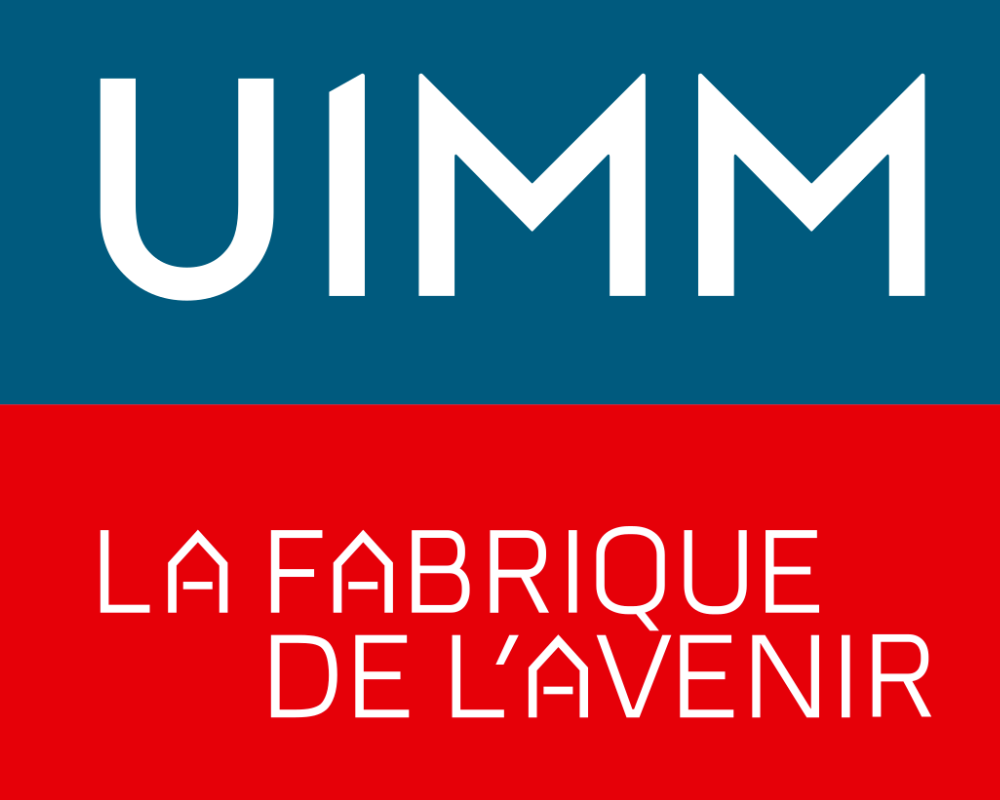UIMM job classification, what are we talking about?
What is job classification?
Job classification is a key tool in human resources management. It is used to describe and categorize the different types of jobs existing in a company, according to their level of responsibility, level of expertise and level of qualification.
The UIMM (Union des Industries et des Métiers de la Métallurgie) is proposing a new job classification which will radically change the approach to employee management, enabling companies to better target their needs in terms of skills and qualifications.
Why change the system?
"Before: there were about sixty conventions, and when the 60 changed a line, it changed the whole convention.."
Fabrice BraultIndustrial Development Director / Industry of the Future Coordinator at UIMM
The new classification proposed by UIMM aims to replace an obsolete systemwhich has lost its meaning and become difficult to understand for companies and employees alike.
The current system is based on old and interpretative texts, as well as on categories and definitions whose content no longer reflects the way work is organized today. It has become an instrument for measuring job content, which generally no longer fulfils its primary function of objectively ranking jobs in relation to one another.
What's more, the current system has become difficult to understand, due to the complexity of the 4 current classification systems (UIMM), the elimination of entry thresholds and automatic progressions, and the desire to build a classification on a single scale based on actual job content.
As a result, the current system is sometimes misused, in particular to counter misuse of classification for individual recognition of employees not always based on objective criteria. It is therefore necessary to clarify what is job-related and what is individual. Job classification must therefore clearly focus on the job and its content.
The new job classification proposed by the UIMM will rectify these situations by restoring greater fairness and legal certainty, and enabling companies to better target their needs in terms of skills and qualifications, as well as providing a fair reference base for conventional minimum wages.
The advantages of this new system
The recently introduced job classification system offers a number of advantages for both companies and employees. Firstly, it offers better visibility of professional development opportunities for employeesmaking the company more attractive to talent. What's more, the simplified methodology, which includes clear tools and steps, greatly facilitates the overall classification process.
What's more, this system is fair because it classifies jobs, not individuals, ensuring that all employees in the same position are evaluated equally. Also, transparency is at the heart of this systemThis is made possible by clear rules that are known to all, compulsory consultation of employees on their job description, and a simple tool that is accessible to all. Last but not least, the system is robust, as job cards are reviewed during regular performance reviews.
The methods and tools associated with this new job classification
The method used for the new job classification is based on 4 associated tools:
- Référentiel paritaire d'analyse des emplois (RPAE) : It's a tool for describing and analyzing the different types of jobs that exist in a company, using standardized criteria common to all jobs. It is based on six classifying criteria that take into account the complexity of the activity, the knowledge required, autonomy, contribution, supervision/cooperation and communication. Each of these criteria comprises ten degrees of requirement, reflecting the progressive level of job requirements in each criterion. It is drawn up jointly by employers and employees to guarantee an objective and impartial analysis of the jobs. This makes it possible to better understand the different jobs and to rank them objectively, which is essential for managing employees and establishing fair minimum wages.
- Classification grid : is a tool that enables jobs to be ranked according to the points obtained through job analysis. This is done by consulting a table which associates a certain number of points to each job. These points are obtained on the basis of classification criteria defined in the RPAE (référentiel paritaire d'analyse des emplois). The number of points obtained for a job corresponds to a job class and a job group. The job classification is then designated by the letter of the job group and the number of the class to which it belongs. This grading grid provides an objective, standardized classification of jobs, based on the criteria defined in the RPAE.
- Guide pédagogique paritaire : It is a tool designed to help companies and employees understand and use the new job classification system. It explains how the job classification system works and its objectives, describes the method used to rate and classify jobs, and provides information on how to disseminate it as widely as possible. It has been drawn up jointly by employers and employees to ensure maximum transparency and clarity. It is accessible to all company players, to help them better understand and use the job classification system.
- Glossary : It provides clear and precise definitions of terms and concepts related to job classification. It aims to build a common language between employers and employees to facilitate understanding and use of the new classification. It clarifies technical terms and defines key concepts related to job classification, to ensure consistent and accurate use of these terms.
Other important job classification information
Help from UIMM in the field
The Union des Industries et des Métallurgistes (UIMM) is the organization representing employers in the metallurgy sector in France. As part of the new job classification, the UIMM offers help companies understand and implement the new filing systems. This includes detailed information on the new grading criteria, and training for HR managers so that they can explain the new systems to their employees and help them implement them.
Implementation
The new job classification has been scheduled to come into force on January 1, 2023 for rules relating to social protection, and January 1, 2024 for the industry's conventional provisions, such as the new job classification, working hours and individual relations. This gives companies plenty of time to adapt to the new systems and ensure that everything is in place before they come into force.
A reality for some companies
When it comes to job classification, it's important to note that this can vary from company to company. For example, a company that has historically produced metal products, but now produces 90% in plastic, may still remain within the same collective agreement. Similarly, a large company that already pays well above the minimum wage will see no change in its wages.
However, when it comes to classification, companies will have to redo their job descriptions, which represents a considerable amount of work. Jobs that depend on several positions or jobs are also complex, as it is difficult to define which one takes precedence over the other in terms of remuneration. Each company will then have to adopt its own approach, for example by choosing the best-paid job on the classification.
In conclusion
Job classification is a crucial tool for effective human resources management in companies. The UIMM is proposing a revolution by introducing a new classification system that is better adapted to current needs, more comprehensible and fairer for both companies and employees. This new classification will enable companies to effectively target the skills and qualifications they need, and set fair minimum wages.



